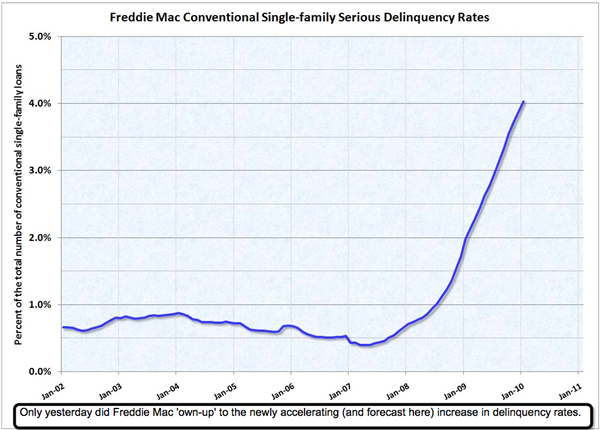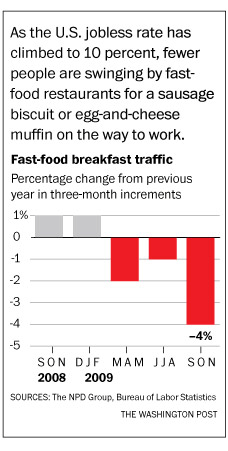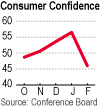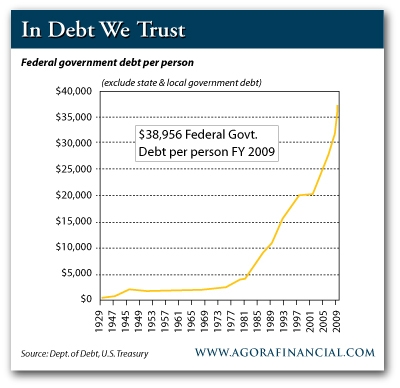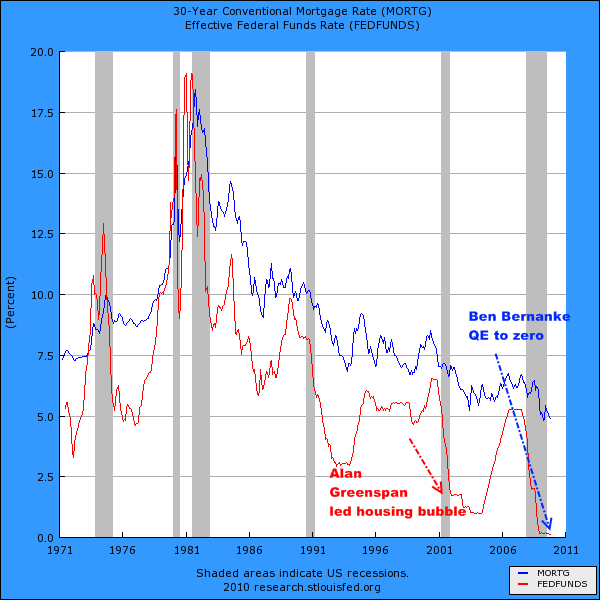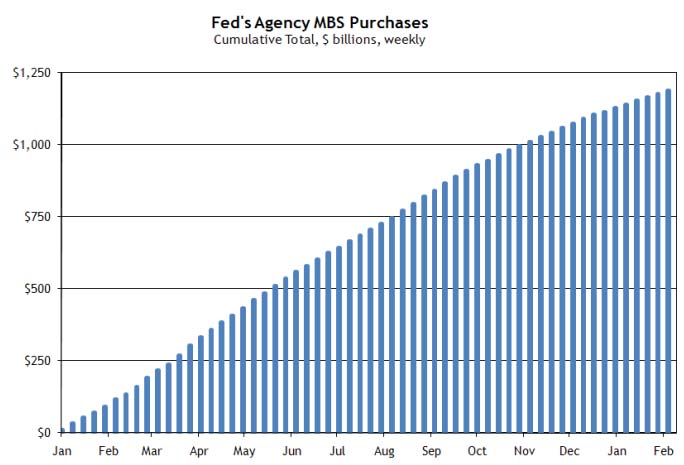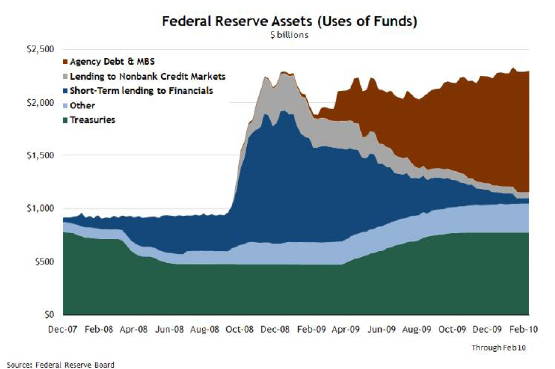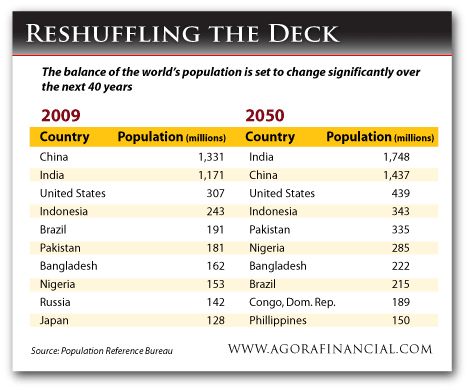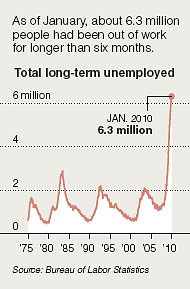Posted By thestatedtruth.com on March 2, 2010
By George Friedman
The United States apparently has reached the point where it must either accept that Iran will develop nuclear weapons at some point if it wishes, or take military action to prevent this. There is a third strategy, however: Washington can seek to redefine the Iranian question.
As we have no idea what leaders on either side are thinking, exploring this represents an exercise in geopolitical theory. Let’s begin with the two apparent stark choices.
Diplomacy vs. the Military Option
The diplomatic approach consists of creating a broad coalition prepared to impose what have been called crippling sanctions on Iran. Effective sanctions must be so painful that they compel the target to change its behavior. In Tehran’s case, this could only consist of blocking Iran’s imports of gasoline. Iran imports 35 percent of the gasoline it consumes. It is not clear that a gasoline embargo would be crippling, but it is the only embargo that might work. All other forms of sanctions against Iran would be mere gestures designed to give the impression that something is being done.
The Chinese will not participate in any gasoline embargo. Beijing gets 11 percent of its oil from Iran, and it has made it clear it will continue to deliver gasoline to Iran. Moscow’s position is that Russia might consider sanctions down the road, but it hasn’t specified when, and it hasn’t specified what. The Russians are more than content seeing the U.S. bogged down in the Middle East and so are not inclined to solve American problems in the region. With the Chinese and Russians unlikely to embargo gasoline, these sanctions won’t create significant pain for Iran. Since all other sanctions are gestures, the diplomatic approach is therefore unlikely to work.
The military option has its own risks. First, its success depends on the quality of intelligence on Iran’s nuclear facilities and on the degree of hardening of those targets. Second, it requires successful air attacks. Third, it requires battle damage assessments that tell the attacker whether the strike succeeded. Fourth, it requires follow-on raids to destroy facilities that remain functional. And fifth, attacks must do more than simply set back Iran’s program a few months or even years: If the risk of a nuclear Iran is great enough to justify the risks of war, the outcome must be decisive.
Each point in this process is a potential failure point. Given the multiplicity of these points — which includes others not mentioned — failure may not be an option, but it is certainly possible.
But even if the attacks succeed, the question of what would happen the day after the attacks remains. Iran has its own counters. It has a superbly effective terrorist organization, Hezbollah, at its disposal. It has sufficient influence in Iraq to destabilize that country and force the United States to keep forces in Iraq badly needed elsewhere. And it has the ability to use mines and missiles to attempt to close the Strait of Hormuz and the Persian Gulf shipping lanes for some period — driving global oil prices through the roof while the global economy is struggling to stabilize itself. Iran’s position on its nuclear program is rooted in the awareness that while it might not have assured options in the event of a military strike, it has counters that create complex and unacceptable risks. Iran therefore does not believe the United States will strike or permit Israel to strike, as the consequences would be unacceptable.
To recap, the United States either can accept a nuclear Iran or risk an attack that might fail outright, impose only a minor delay on Iran’s nuclear program or trigger extremely painful responses even if it succeeds. When neither choice is acceptable, it is necessary to find a third choice.
Redefining the Iranian Problem
As long as the problem of Iran is defined in terms of its nuclear program, the United States is in an impossible place. Therefore, the Iranian problem must be redefined. One attempt at redefinition involves hope for an uprising against the current regime. We will not repeat our views on this in depth, but in short, we do not regard these demonstrations to be a serious threat to the regime. Tehran has handily crushed them, and even if they did succeed, we do not believe they would produce a regime any more accommodating toward the United States. The idea of waiting for a revolution is more useful as a justification for inaction — and accepting a nuclear Iran — than it is as a strategic alternative.
At this moment, Iran is the most powerful regional military force in the Persian Gulf. Unless the United States permanently stations substantial military forces in the region, there is no military force able to block Iran. Turkey is more powerful than Iran, but it is far from the Persian Gulf and focused on other matters at the moment, and it doesn’t want to take on Iran militarily — at least not for a very long time. At the very least, this means the United States cannot withdraw from Iraq. Baghdad is too weak to block Iran from the Arabian Peninsula, and the Iraqi government has elements friendly toward Iran.
Historically, regional stability depended on the Iraqi-Iranian balance of power. When it tottered in 1990, the result was the Iraqi invasion of Kuwait. The United States did not push into Iraq in 1991 because it did not want to upset the regional balance of power by creating a vacuum in Iraq. Rather, U.S. strategy was to re-establish the Iranian-Iraqi balance of power to the greatest extent possible, as the alternative was basing large numbers of U.S. troops in the region.
The decision to invade Iraq in 2003 assumed that once the Baathist regime was destroyed the United States would rapidly create a strong Iraqi government that would balance Iran. The core mistake in this thinking lay in failing to recognize that the new Iraqi government would be filled with Shiites, many of whom regarded Iran as a friendly power. Rather than balancing Iran, Iraq could well become an Iranian satellite. The Iranians strongly encouraged the American invasion precisely because they wanted to create a situation where Iraq moved toward Iran’s orbit. When this in fact began happening, the Americans had no choice but an extended occupation of Iraq, a trap both the Bush and Obama administrations have sought to escape.
It is difficult to define Iran’s influence in Iraq at this point. But at a minimum, while Iran may not be able to impose a pro-Iranian state on Iraq, it has sufficient influence to block the creation of any strong Iraqi government either through direct influence in the government or by creating destabilizing violence in Iraq. In other words, Iran can prevent Iraq from emerging as a counterweight to Iran, and Iran has every reason to do this. Indeed, it is doing just this.
The Fundamental U.S.-Iranian Issue
Iraq, not nuclear weapons, is the fundamental issue between Iran and the United States. Iran wants to see a U.S. withdrawal from Iraq so Iran can assume its place as the dominant military power in the Persian Gulf. The United States wants to withdraw from Iraq because it faces challenges in Afghanistan — where it will also need Iranian cooperation — and elsewhere. Committing forces to Iraq for an extended period of time while fighting in Afghanistan leaves the United States exposed globally. Events involving China or Russia — such as the 2008 war in Georgia — would see the United States without a counter. The alternative would be a withdrawal from Afghanistan or a massive increase in U.S. armed forces. The former is not going to happen any time soon, and the latter is an economic impossibility.
Therefore, the United States must find a way to counterbalance Iran without an open-ended deployment in Iraq and without expecting the re-emergence of Iraqi power, because Iran is not going to allow the latter to happen. The nuclear issue is simply an element of this broader geopolitical problem, as it adds another element to the Iranian tool kit. It is not a stand-alone issue.
The United States has an interesting strategy in redefining problems that involves creating extraordinarily alliances with mortal ideological and geopolitical enemies to achieve strategic U.S. goals. First consider Franklin Roosevelt’s alliance with Stalinist Russia to block Nazi Germany. He pursued this alliance despite massive political outrage not only from isolationists but also from institutions like the Roman Catholic Church that regarded the Soviets as the epitome of evil.
Now consider Richard Nixon’s decision to align with China at a time when the Chinese were supplying weapons to North Vietnam that were killing American troops. Moreover, Mao — who had said he did not fear nuclear war as China could absorb a few hundred million deaths — was considered, with reason, quite mad. Nevertheless, Nixon, as anti-Communist and anti-Chinese a figure as existed in American politics, understood that an alliance (and despite the lack of a formal treaty, alliance it was) with China was essential to counterbalance the Soviet Union at a time when American power was still being sapped in Vietnam.
Roosevelt and Nixon both faced impossible strategic situations unless they were prepared to redefine the strategic equation dramatically and accept the need for alliance with countries that had previously been regarded as strategic and moral threats. American history is filled with opportunistic alliances designed to solve impossible strategic dilemmas. The Stalin and Mao cases represent stunning alliances with prior enemies designed to block a third power seen as more dangerous.
It is said that Ahmadinejad is crazy. It was also said that Mao and Stalin were crazy, in both cases with much justification. Ahmadinejad has said many strange things and issued numerous threats. But when Roosevelt ignored what Stalin said and Nixon ignored what Mao said, they each discovered that Stalin’s and Mao’s actions were far more rational and predictable than their rhetoric. Similarly, what the Iranians say and what they do are quite different.
U.S. vs. Iranian Interests
Consider the American interest. First, it must maintain the flow of oil through the Strait of Hormuz. The United States cannot tolerate interruptions, and that limits the risks it can take. Second, it must try to keep any one power from controlling all of the oil in the Persian Gulf, as that would give such a country too much long-term power within the global system. Third, while the United States is involved in a war with elements of the Sunni Muslim world, it must reduce the forces devoted to that war. Fourth, it must deal with the Iranian problem directly. Europe will go as far as sanctions but no further, while the Russians and Chinese won’t even go that far yet. Fifth, it must prevent an Israeli strike on Iran for the same reasons it must avoid a strike itself, as the day after any Israeli strike will be left to the United States to manage.
Now consider the Iranian interest. First, it must guarantee regime survival. It sees the United States as dangerous and unpredictable. In less than 10 years, it has found itself with American troops on both its eastern and western borders. Second, it must guarantee that Iraq will never again be a threat to Iran. Third, it must increase its authority within the Muslim world against Sunni Muslims, whom it regards as rivals and sometimes as threats.
Now consider the overlaps. The United States is in a war against some (not all) Sunnis. These are Iran’s enemies, too. Iran does not want U.S. troops along its eastern and western borders. In point of fact, the United States does not want this either. The United States does not want any interruption of oil flow through Hormuz. Iran much prefers profiting from those flows to interrupting them. Finally, the Iranians understand that it is the United States alone that is Iran’s existential threat. If Iran can solve the American problem its regime survival is assured. The United States understands, or should, that resurrecting the Iraqi counterweight to Iran is not an option: It is either U.S. forces in Iraq or accepting Iran’s unconstrained role.
Therefore, as an exercise in geopolitical theory, consider the following. Washington’s current options are unacceptable. By redefining the issue in terms of dealing with the consequences of the 2003 invasion of Iraq, there are three areas of mutual interest. First, both powers have serious quarrels with Sunni Islam. Second, both powers want to see a reduction in U.S. forces in the region. Third, both countries have an interest in assuring the flow of oil, one to use the oil, the other to profit from it to increase its regional power.
The strategic problem is, of course, Iranian power in the Persian Gulf. The Chinese model is worth considering here. China issued bellicose rhetoric before and after Nixon’s and Kissinger’s visits. But whatever it did internally, it was not a major risk-taker in its foreign policy. China’s relationship with the United States was of critical importance to China. Beijing fully understood the value of this relationship, and while it might continue to rail about imperialism, it was exceedingly careful not to undermine this core interest.
The major risk of the third strategy is that Iran will overstep its bounds and seek to occupy the oil-producing countries of the Persian Gulf. Certainly, this would be tempting, but it would bring a rapid American intervention. The United States would not block indirect Iranian influence, however, from financial participation in regional projects to more significant roles for the Shia in Arabian states. Washington’s limits for Iranian power are readily defined and enforced when exceeded.
The great losers in the third strategy, of course, would be the Sunnis in the Arabian Peninsula. But Iraq aside, they are incapable of defending themselves, and the United States has no long-term interest in their economic and political relations. So long as the oil flows, and no single power directly controls the entire region, the United States does not have a stake in this issue.
Israel would also be enraged. It sees ongoing American-Iranian hostility as a given. And it wants the United States to eliminate the Iranian nuclear threat. But eliminating this threat is not an option given the risks, so the choice is a nuclear Iran outside some structured relationship with the United States or within it. The choice that Israel might want, a U.S.-Iranian conflict, is unlikely. Israel can no more drive American strategy than can Saudi Arabia.
From the American standpoint, an understanding with Iran would have the advantage of solving an increasingly knotty problem. In the long run, it would also have the advantage of being a self-containing relationship. Turkey is much more powerful than Iran and is emerging from its century-long shell. Its relations with the United States are delicate. The United States would infuriate the Turks by doing this deal, forcing them to become more active faster. They would thus emerge in Iraq as a counterbalance to Iran. But Turkey’s anger at the United States would serve U.S. interests. The Iranian position in Iraq would be temporary, and the United States would not have to break its word as Turkey eventually would eliminate Iranian influence in Iraq.
Ultimately, the greatest shock of such a maneuver on both sides would be political. The U.S.-Soviet agreement shocked Americans deeply, the Soviets less so because Stalin’s pact with Hitler had already stunned them. The Nixon-Mao entente shocked all sides. It was utterly unthinkable at the time, but once people on both sides thought about it, it was manageable.
Such a maneuver would be particularly difficult for U.S. President Barack Obama, as it would be widely interpreted as another example of weakness rather than as a ruthless and cunning move. A military strike would enhance his political standing, while an apparently cynical deal would undermine it. Ahmadinejad could sell such a deal domestically much more easily. In any event, the choices now are a nuclear Iran, extended airstrikes with all their attendant consequences, or something else. This is what something else might look like and how it would fit in with American strategic tradition.
Reprinting or republication of this report on websites is authorized by prominently displaying the following sentence at the beginning or end of the report, including the hyperlink to STRATFOR:
“This report is republished with permission of STRATFOR“
Category: Commentary, Economy, Finance, National News, National Security, Wall Street, World News |
39 Comments »
Tags:







